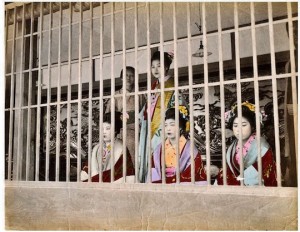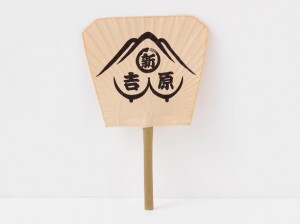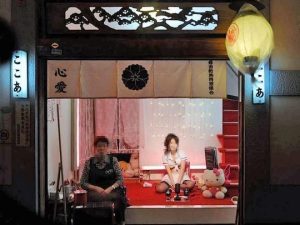Crowdfunding campaign for photography book about Japan’s old red-light districts
The photographer Beniko has launched a crowdfunding campaign for a follow-up photo book to her 2023 publication about Japan’s disappearing old red-light districts (yukaku, akasen).
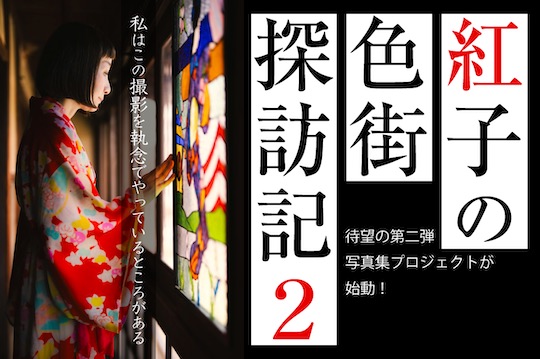
Beniko is herself a former sex worker at a soapland in Yoshiwara, the famous red-light district in east Tokyo that was a booming licensed pleasure quarter during the Edo period. A single mother in her early fifties, she taught herself to use a camera from the age of 48.
She has given guided tours of Yoshiwara and taken portraits of porn stars, strippers, and Yoshiwara soaplands.
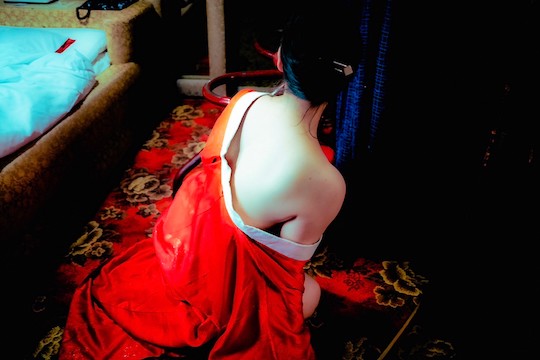
Her photography project has seen her journey to about 150 places around Japan, documenting the local sex trade before it disappears or changes.
She is also active on her YouTube channel, where she posts videos about red-light district history.
The crowdfunding campaign launched this month and is running until the end of January. It has already achieved its target. At the time of writing, with 84 days still to go, it has reached 221% of its goal and funding from 152 people.
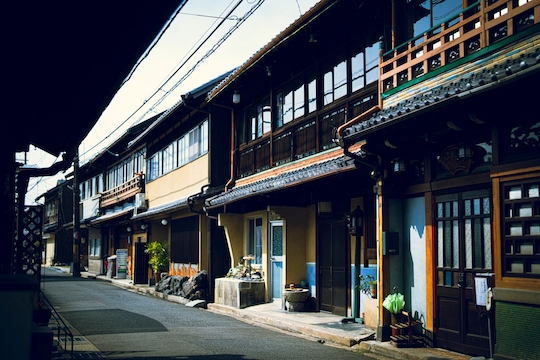
Judging by the publicity images, the photos have a dreamy quality that has the familiar “floating world” visual style often associated with Edo-era Yoshiwara, and emphasize reds and such classic erotic colors. We’re not sure how much attention the book pays to the negative aspects — historical and contemporary — of the red-light districts, though perhaps photography is not the best medium for that anyway.
An issue with such an elegiac, almost nostalgic project is that may sentimentalize or glamorize what is a complex and problematic social phenomenon. On the other hand, Beniko certainly has the right to do this, given her own personal stake in Yoshiwara.
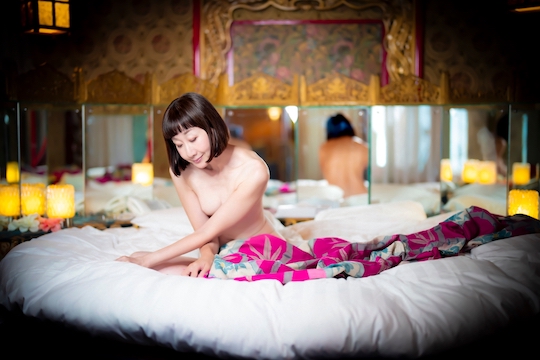
As sex work services shift online, and areas like Yoshiwara and Kabukicho undergo gentrification, the red-light districts are disappearing.
Central parts of Kabukicho are now full of tourists (and runaways). You are perhaps more likely to find a foreign tourist in Yoshiwara than a streetwalker. When we walked through Tobita Shinchi in Osaka a few years, it was deserted.
The situation is even grimmer in regional cities, which are affected by the aging population. The old strip clubs and cabarets, for instance, are vanishing.
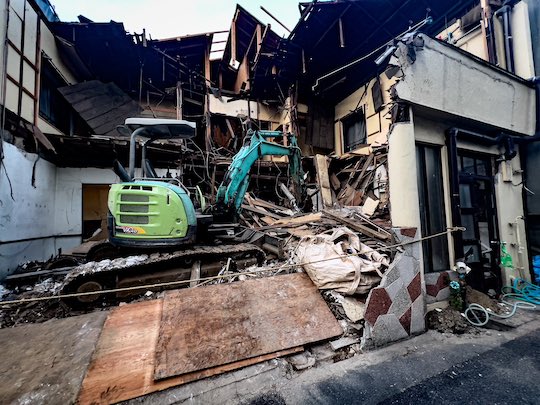
Arguably, all the urban love hotel clusters (Okubo/Kabukicho, Dogenzaka, Uguisudani) are de facto red-light districts, since they are still very actively used by sex workers and clients, even if they arrange their meeting online. Likewise, an area like Okubo Park has emerged as a new type of red-light district, perhaps just a flagrant and carnivalesque as Yoshiwara was — albeit without a license (hence the police crackdown).
Like prostitution, red-light districts never go away completely, they just evolve.

